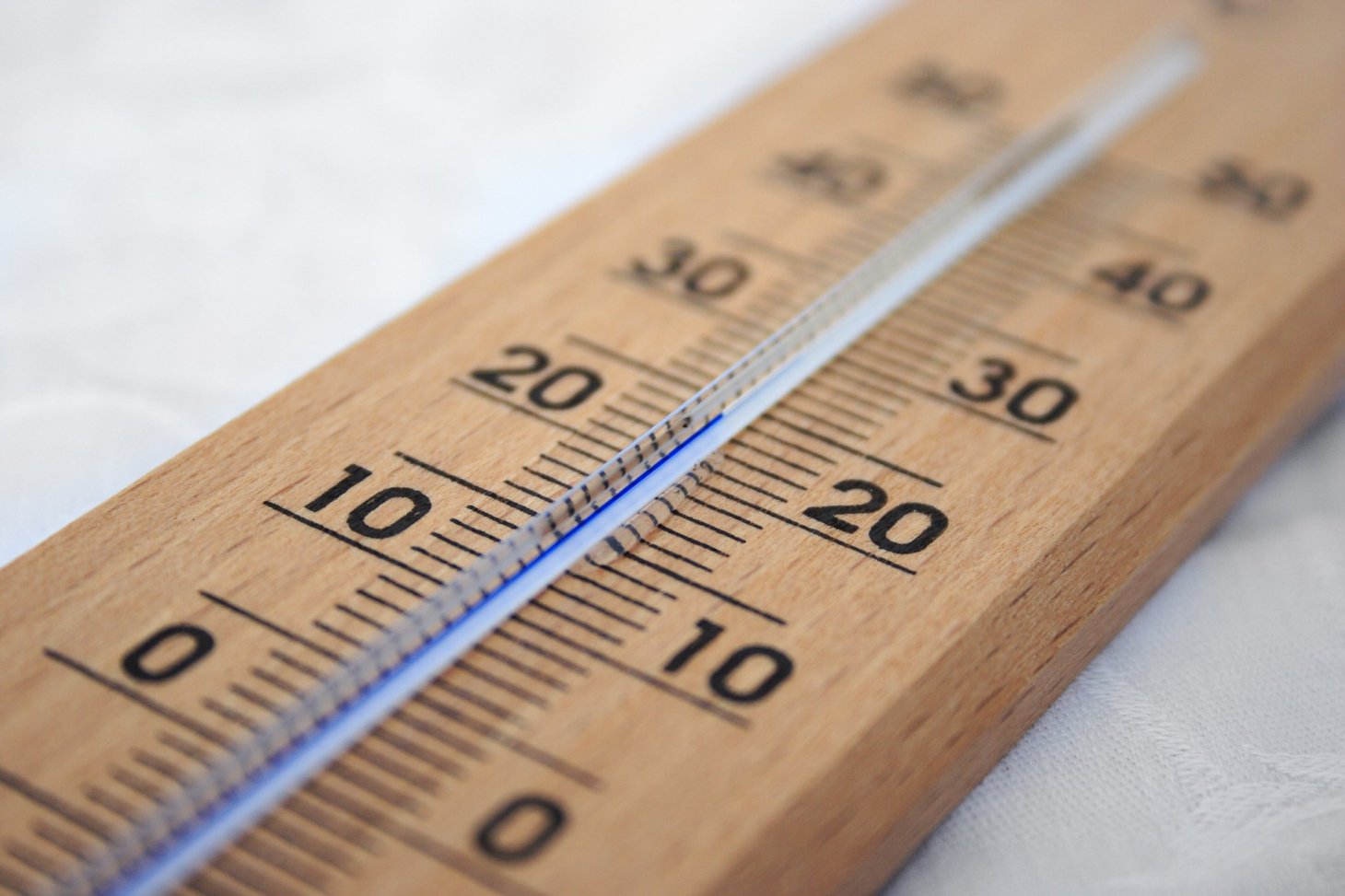
A 10-year assessment of the performance of one of the UK’s first Passivhaus schemes found that the homes are still performing as designed.
A study of 14 certified Passivhaus homes built in 2011 by Hastoe Housing Association in Wimbish, Essex, has found that the dwellings are still exhibiting excellent thermal performance.
The Passivhaus building method is used to create ‘passive’ homes which are designed to be highly insulated and incredibly airtight so that minimal energy is required to heat the homes.
On average, the Wimbish residents reported spending just £120 per year on gas bills. Although this figure does not reflect the inflated gas price we’re currently experiencing, the adjusted number would still be substantially lower than the average annual gas bill for a family home.
The findings were published in a 2022 report written by Martin Ingham, a Passivhaus designer and independent consultant specialising in energy efficiency in the built environment.
The 2021 assessment showed that the airtightness test results remained good after the 10-year period, although not quite at the level originally required for the homes to achieve Passivhaus certification.
Thermal imaging revealed the likely cause for this performance gap was the increased leakage from window and door seals that happened over time. The main wall fabric “exhibited minimal anomalies” when inspected by thermal imaging, helping the homes maintain their high-thermal performance and overall energy efficiency. The inner skin of the homes was constructed using an alternative aerated concrete block, not Celcon Blocks.
Commenting on the initial aim of the study, Ingham said: “Earlier building performance evaluations confirmed the Wimbish Passivhaus development met Hastoe’s objective to deliver very low heating bills, while providing excellent comfort.
“The evaluation has now been continued to cover a 10-year period, and our recent reassessment has shown that heating and hot water costs remain a fraction of the cost for dwellings of comparable size. This will be invaluable for residents given the recent steep rise in energy costs, and shows the industry that by adopting high-performance standards, low bills can be achieved.”
With the UK’s decarbonisation goals advancing over the 10 years since the Essex homes were first built, the reduction in energy usage is further evidence that building methods like Passivhaus are only going to become more popular as energy efficiency requirements are tightened.
H+H aircrete blocks, commonly known as Celcon Blocks, have a proven track record of helping to construct highly-energy efficient structures and Passivhaus homes. The masonry wall fabric of the homes in this study withstood the test of time and maintained excellent thermal performance, wholeheartedly reinforcing H+H’s fabric first approach to energy efficiency.
Read more about aircrete’s suitability for Passivhaus building here.